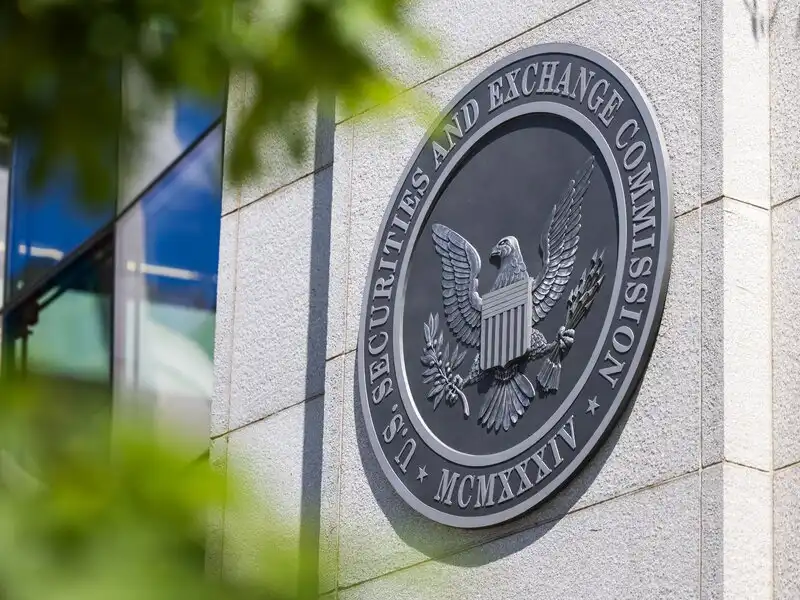In 2019, global international tourist arrivals reached 1.5 billion, marking a 4% increase from the previous year and indicating tourism’s status as a leading and resilient economic sector, especially amidst current uncertainties. This growth underscores the need for responsible management to maximize the benefits tourism can provide to communities worldwide.
According to the latest UNWTO World Tourism Barometer, the first comprehensive report on global tourism trends for the new decade, this marks the tenth consecutive year of growth.
All regions experienced an uptick in international arrivals in 2019. However, factors such as Brexit uncertainty, the collapse of Thomas Cook, geopolitical tensions, social unrest, and a global economic slowdown contributed to a more tempered growth rate compared to the exceptional years of 2017 and 2018. This slowdown was particularly evident in advanced economies, especially in Europe and Asia-Pacific.
Looking Ahead
For 2020, a growth rate of 3% to 4% is anticipated, a sentiment reflected in the latest UNWTO Confidence Index. About 47% of participants expressed optimism that tourism would perform better than in 2019, while 43% expected it to remain stable. Major sporting events like the Tokyo Olympics and cultural events such as Expo 2020 Dubai are expected to positively influence the sector.
Emphasizing Responsible Growth
UNWTO Secretary-General Zurab Pololikashvili emphasized that “in these times of uncertainty and volatility, tourism remains a reliable economic sector.” With recent downgrades in global economic forecasts and rising international trade tensions, the tourism sector continues to outpace the global economy, calling for not just growth, but improved growth practices.
Recognizing tourism as a top export sector and a significant job creator, the UNWTO advocates for responsible growth, placing tourism at the center of global development strategies. This aligns with the urgency of achieving the 2030 Agenda and its 17 Sustainable Development Goals as the Decade of Action begins.
Regional Insights
The Middle East emerged as the fastest-growing region for international tourism in 2019, with an 8% increase, nearly double the global average. Growth in Asia-Pacific slowed but remained above average, with international arrivals up by 5%.
Europe, while experiencing slower growth (+4%), remained the leader in international arrival numbers, welcoming 743 million tourists (51% of the global market). The Americas saw a mixed picture, with arrivals up by 2%, as Caribbean destinations rebounded from 2017 hurricanes while South America faced declines due to ongoing social and political challenges. Preliminary data for Africa (+4%) indicated strong performance in North Africa (+9%) while Sub-Saharan Africa saw a modest growth of 1.5%.
Continued Strength in Tourism Spending
Despite a global economic slowdown, tourism spending remained robust, particularly among the world’s top spenders. France reported the highest increase in international tourism expenditure among the top ten outbound markets (+11%), while the United States led in absolute growth (+6%), aided by a strong dollar. However, some emerging markets, like Brazil and Saudi Arabia, experienced declines in tourism spending. China, the leading source market, saw a 14% increase in outbound trips in the first half of 2019, although expenditure fell by 4%.
Delivering Opportunities
“The number of destinations earning over $1 billion from international tourism has nearly doubled since 1998,” noted Mr. Pololikashvili. “Our challenge is to ensure that these benefits are widely shared and that no one is left behind. In 2020, UNWTO will celebrate the Year of Tourism and Rural Development, aiming to drive positive change in rural communities by creating jobs, stimulating economic growth, and preserving cultural heritage.”
As the UN marks its 75th anniversary, 2020 will see the UN75 initiative facilitating a broad conversation on global cooperation for a better future, with tourism positioned prominently on the agenda.






















